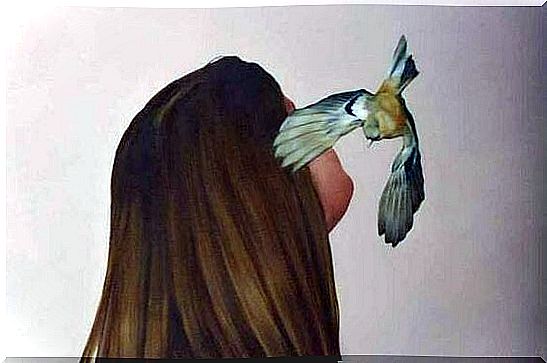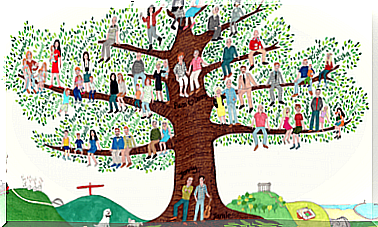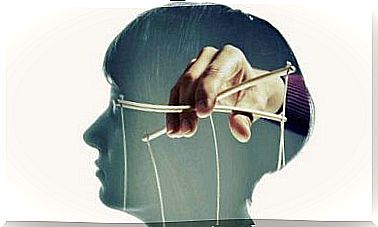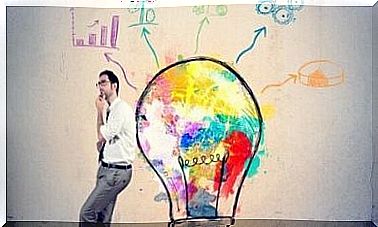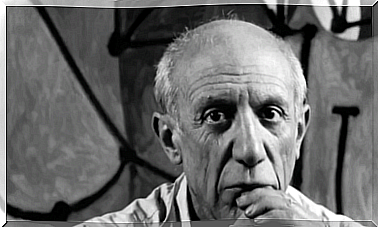Anxiety Makes Us Perceive The World In A Different Way
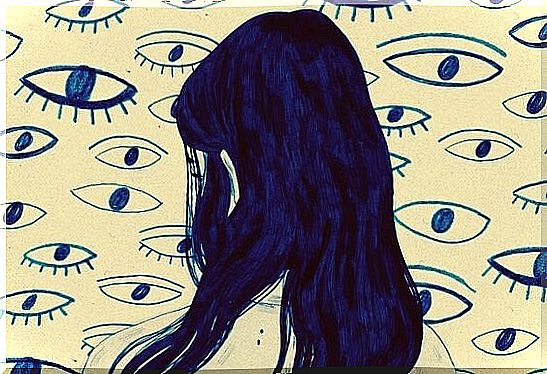
It is always important to clarify that there are basically two types of anxiety. One of them is adaptive and its function is to prepare us to face a danger or a threatening situation. In other words, it is an instinctive and reasonable response to protect against a potential risk.
The other type of anxiety is psychological or pathological. Even then, it appears that there is no real risk. Perhaps it would be more accurate to say that she appears in the face of imaginary or oversized threats, almost always ill-defined. It is as if there is danger, but we cannot determine where it is or what it is.
Anxiety is expressed in various ways. What these manifestations have in common is that the feeling of fear or apprehension is totally exaggerated. This sometimes leads to constant rumination of thoughts. Other times, it ends up triggering panic attacks or leads to confinement.
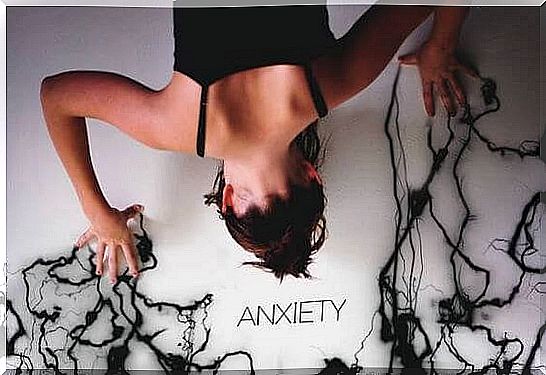
The cognitive bias of anxiety
There is a biased or altered view of the world in pathological anxiety. This means that we select or pay attention only to information from reality that explains or could explain the feeling of threat. Likewise, this information is interpreted in an equivocal manner and is remembered more than other data.
Someone who, for example , feels anxious in their relationship with others, will tend to see only certain aspects in them. This person will be very attentive to any gesture of rejection, however small. Silence could be interpreted as a sign that she is not appreciated or that others do not want to talk to her. It will not place any value on signals of acceptance or interest, unless they are extraordinarily visible.
If the anxiety is more imprecise, a sufferer will perceive “fateful signs” in any manifestation of nature , for example. A very colorful sunrise will give the impression that “something is going to happen”. A moon that is too bright will generate fear, without our knowing why.
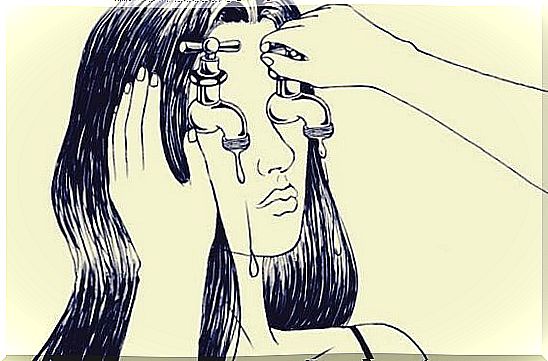
The theory of the four factors
Psychologist Michael Eysenck made a conceptual proposition called the “four factor theory”. The latter defines the main paths taken by the thought of an anxious person on the basis of his own perception. Each of these pathways involves a cognitive bias. The four factors are:
- Bias perception of a specific stimulus. It happens when the anxiety is directed specifically at an object or at a very specific aspect of reality. This leads to what we call “phobias”. If the anxiety falls on the behavior itself, this is called “social phobia”.
- Bias perception of the body itself and its physiological reactions. This appears when the organism itself represents the battlefield. Its functions and responses are considered a danger signal. This leads to “anxiety disorder”.
- Bias perception of own thinking and personal ideas. In this case, what is perceived as dangerous or threatening is what is going on in the person’s mind. This gives rise to Obsessive-Compulsive Disorder (OCD)
- Global biased perception. This corresponds to cases where the anxiety is directed towards all the factors listed: the specific elements, the behavior itself, the body and the mind. When this happens, we are talking about generalized anxiety disorder (GAD).
Each of these manifestations of anxiety leads to seeing reality in a totally biased way. In them is a strong resistance, or an impossibility, to introduce information that calls into question the validity of what is perceived.
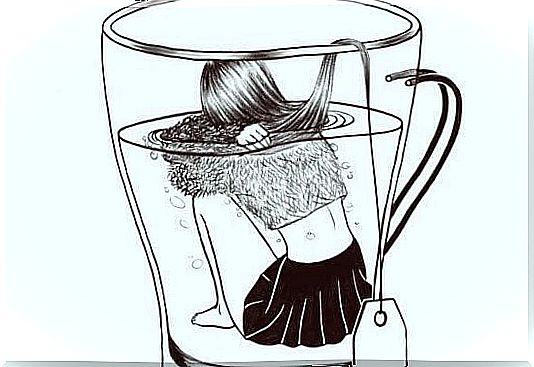
Work on the equivocal interpretation
All anxiety disorders can be treated, even in the most severe cases. Therapy aimed at overcoming these symptoms will seek to have the person with anxiety learn to focus their attention on other aspects of reality that they tend to overlook.
It is possible to learn to give broader meanings to what we perceive. Sometimes we just need someone to help us understand that just because your heart is pounding doesn’t mean you’re on the verge of cardiac arrest. Or that it’s okay not to like everyone, but that doesn’t mean that others are trying to cancel us out.
Any form of anxiety is important. This is because when we pass or ignore symptoms as a coping strategy, said symptoms tend to develop and invade the personality. Asking for help in a timely manner is the best way to deal with these conditions that cause us so much suffering.
